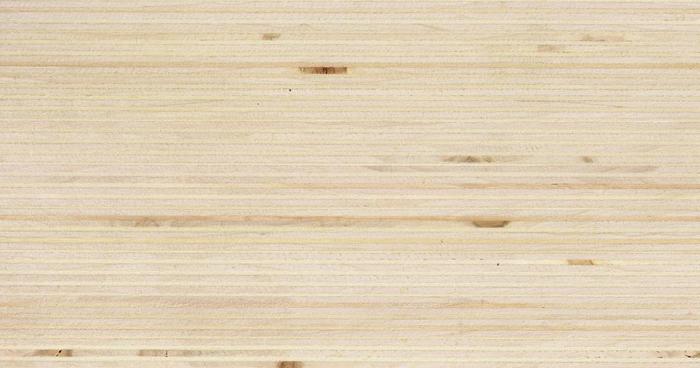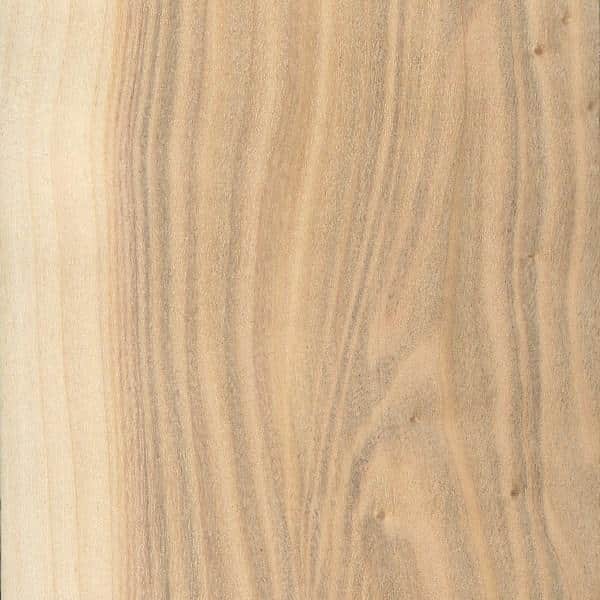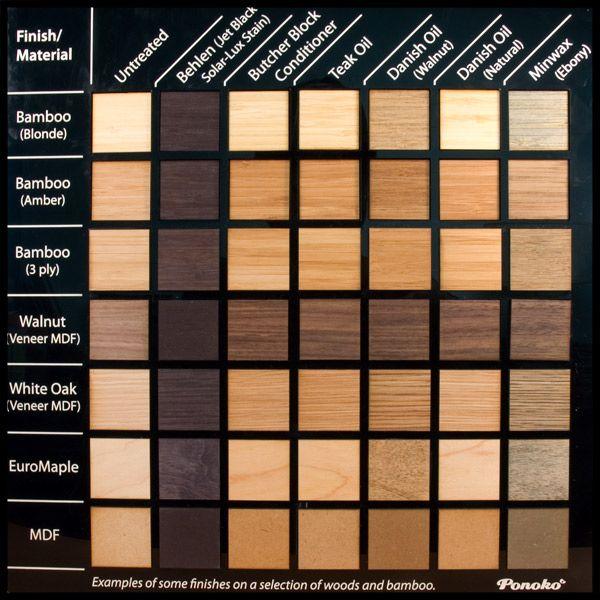Imagine standing on stage, guitar strapped around your neck, fingers itching to strum the first chord. But not just any guitar – one made from poplar. I’m David Garcia, exploring the world of poplar guitar body construction for over two decades. This comprehensive guide reflects my extensive yet intricate journey, deep-diving into the marvels of this little appreciated wood type in guitar crafting.
Did you know that the poplar guitar body has long been the unsung hero, the ‘star in the shadows’, of the guitar construction panorama? The poplar-bodied guitar, while ubiquitous, often doesn’t get the spotlight it deserves. This guide draws back that curtain, revealing the unique ‘star’ qualities of the poplar guitar body that have been hiding in plain sight.
The humble poplar might initially seem like an unexpected choice for a guitar body. But as surprising as it sounds, it possesses qualities that rival even some of the more ‘classic’ tonewoods. Hold your judgments, for this guide will unravel that bold claim bit by interesting bit, captivating your attention with each section.
Let’s embark on this intricate exploration of the poplar guitar body together, comprehending its attributes, benefits, limitations, and point-to-point comparisons with other materials. Get ready for an enlightening and potentially game-changing perspective on guitar construction.
Understanding Poplar as a Guitar Body Material
Poplar Wood Characteristics

Having deeply studied the nuances of poplar wood, I can shed light on the attributes that make it suitable for a poplar guitar body. Poplar is relatively soft with a fine, even wood grain that’s easy to work with. Its tonal abilities lie between that of maple and mahogany, delivering a balanced sound that’s appealing to many musicians. There’s a warmth to its tone that’s further brightened when used in guitars. Like a fine wine, its sound matures and becomes more desirable over time. Beneath my luthier lens, these attributes make poplar a fascinating choice for guitar bodies.
Why Use Poplar for Guitar Bodies

Poplar, a standout amongst guitar body materials, offers distinct benefits that I’ve observed in numerous guitars over my years of experience. It’s a favorite for its affordability and versatility. With its medium density, a poplar guitar body produces a balanced, resonant tone combining warmth and brightness. It has a smooth surface that’s ideal for beautiful finishes, contributing to an instrument where aesthetics meet functionality. Be it in studio sessions or live gigs, guitars crafted with poplar bodies have a unique appeal that’s hard to deny. Dive deeper, and you’ll understand why poplar guitar bodies continue to be a popular choice.
Pros and Cons of Poplar Guitar Bodies

Throughout my journey exploring different guitar woods, I’ve had the opportunity to wield a myriad of guitars, each with its distinct tonal characteristics. A poplar guitar body is definitely a unique chapter in this melodious saga. Every tonewood offers a unique blend of benefits and drawbacks, and poplar is no exception.
Poplar, first and foremost, is hailed as an economical choice, providing a balanced tone without breaking the bank. Its consistent character and relatively easy machinability make it a go-to for many guitar manufacturers. It’s also light in weight, reducing strain during prolonged playing. As for tone, poplar holds its own with a well-balanced sound, with particular emphasis on the mid frequencies, making it a favorite among blues and rock players.
But the beauty of a poplar guitar body is not without its blemishes. Though it is favored for its cost-effectiveness, one drawback is that it’s often overlaid with a more visually appealing wood finish due to its bland natural appearance. Aesthetics aside, some players argue that its tonal balance lacks the depth and warmth offered by pricier tonewoods like mahogany. And while its softness enables easier crafting, it makes the guitar more susceptible to dings and scratches.
What are the key factors to consider when it comes to poplar guitar bodies? Let’s find out. Through my research and personal experience, I have found definite strengths and areas of improvement for poplar as my guitar body. Remember, no wood is perfect. Rather, the key is finding the tone, feel, and look that resonate with your individual musical expressions and demands. So, could poplar be the perfect harmony for your guitar chords?
Comparing Poplar with Other Tonewoods
Poplar vs Alder

As I delve further into the discussion of poplar vs alder for electric guitar bodies, my hands-on experience has gifted me a nuanced understanding of these hidden heroes of the sonic world. Alder, largely used in Stratocasters, gives a balanced, full-bodied tone, whereas poplar provides a resonant voice, firmly bridging the gap between the softer basswood and harder ash. These unique characteristics reveal how subtly the essence of a guitar can shift based solely on the tonewood. As we move forward in our exploration, let’s keep in mind these distinct tonal personalities, allowing their intrinsic attributes to guide our guitar-making decisions.
Luthier’s Opinion on Poplar

In the luthier community, we’ve an assorted opinion on poplar guitar bodies. As a luthier and a New England Luthiers group member, my understanding of poplar is shaped by collective experience. Poplar doesn’t have the prestige of traditional tonewoods, but it’s highly regarded for its malleability and affordability. It’s often used as a gateway material for beginners, but it’s surprising tonal qualities can also please the seasoned musician. Essentially, poplar as a guitar body material isn’t for everyone, but it certainly conveys valuable contributions to guitar craftsmanship. Relating it with other common tonewoods brings more clarity on its significance and relevance.
FAQs
What are poplar guitar bodies?
What are the qualities of poplar guitar bodies?
What are the pros and cons of poplar guitar bodies?
How do poplar guitar bodies compare with others?
“`
Please make sure to replace the text inside each `
Conclusion
Understanding the pros and cons, comparing tonewoods, and answering common questions, we’ve come a long way in understanding poplar guitar bodies. So, what’s the final takeaway?
The rich tonal qualities and affordability make poplar, a particularly attractive option for guitar wood, especially for those on a budget or beginner guitarists. However, like any material, it has its shortcomings. It lacks some of the visual appeal and resonance of other tonewoods and may wear more quickly.
In comparison to other comparable woods like alder, poplar provides a well-balanced tone with slightly less mid-range punch. The ultimate sound quality, however, depends on many factors, including the guitar’s construction, the player’s technique, and personal preferences.
Irrespective of poplar’s popularity or my personal experiences, the choice of tonewood should always align with the player’s preferences. Remember, what works for one may not work for another. In the end, it’s about finding the right balance that suits your playing style and budget.
To sum it up, a poplar guitar body is a versatile, economical option providing respectable tonal qualities. So, take your time, do your research, play different guitars, and let your ears be the judge. The perfect tonewood is waiting. Let’s find it together!